Explore Articles Filed Under: Ayahuasca
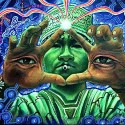
There are a number of human experiences that are characterized by presentness, detail, externality, and three-dimensional explorable spacefulness: we can call these visionary experiences. These can be characterized along two dimensions — according to the degree to which the experience is entered into intentionally, and by the amount of control the experiencer exercises over its content. Such visionary experiences appear to be quite widespread across cultures, and raise significant psychological and ontological questions.

Of all the claims for the power of ayahuasca to heal sicknesses of various kinds, from cancer to asthma, the most popular current claim is that ayahuasca can — in some sense — cure addiction. There are certainly anecdotes, claims, and uncontrolled self-report studies that can at best be called preliminary. But I have seen no substantial scientific evidence that ayahuasca can successfully treat addictions. Here is why I am cautious about such claims.
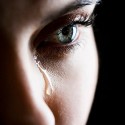
Some time ago, on a discussion group, a woman posted that she had been sexually assaulted by a shaman at an ayahuasca retreat center in the Upper Amazon. During the course of the occasionally heated discussion that followed, I took the position — which I still maintain — that it is unethical for a shaman to have sex with a patient under any circumstances, even when the sex is apparently consensual. I reproduce the relevant portions of my posts here.
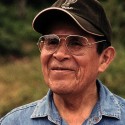
On November 16, 2009, after a brief illness, famed visionary artist Pablo César Amaringo died at his home, surrounded by friends and family, and leaving behind a mass of uncatalogued paintings and hastily jotted notes. We are more than fortunate that Howard Charing and Peter Cloudsley had already been working with Amaringo for months to get his collection in order, annotate his more recent work, create a digital archive of his art, and protect his paintings from deterioration in their humid tropical environment.
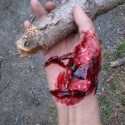
In the jungle, you might be hours away by boat from medical services that may be less than optimal for many medical emergencies. In fact, you may be days away from even an ill-equipped local medical center. Under those circumstances, it may be important to know what provisions have been made at an ayahuasca retreat center for the emergency wilderness care of foreseeable but potentially life-threatening medical emergencies.

Stephan Crasneanscki and the Soundwalk Collective — famous for their soundscapes of cities and journeys into strange and desolate spaces — have now produced Ayahuasqueros, a mixture of jungle sounds, textual narration, and ayahuasca songs, with a text by anthropologist Jeremy Narby, that soundwalks us through the ayahuasca experience. You can listen to the whole thing here.

A new epidemiological study adds weight to the claim that no evidence has yet been found of psychological maladjustment, mental health deterioration, or cognitive impairment in human adults who ingest ayahuasca regularly, frequently, and over long periods of time as committed members of the Brazilian ayahuasca churches. But caution is required in interpreting these findings.

Ayahuasca, as cultural critic Erik Davis puts it, is now “swimming in the cultural water supply.” Ayahuasca crops up in the oddest places — the latest is in a romantic comedy starring Jennifer Aniston — and I continue to watch with fascination as ayahuasca slowly infiltrates American popular culture. In the popular media and on social networks, ayahuasca has become a trope for the edgy, the transgressive, the seriously cool. So I suppose we should not be surprised that ayahuasca has now been incorporated into rap culture.
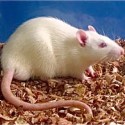
A recent toxicological study has assayed the neurotoxic effects of ayahuasca in laboratory rats. “The results of this investigation,” the author reports, “indicate the presence of oxidative stress in rats treated with ayahuasca, with statistically significant values of neuronal apoptosis measured by TUNEL assay.” In other words, the author says that ayahuasca killed off brain cells in experimental rats. What can we make of this?
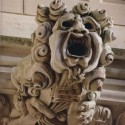
In an ayahuasca ceremony, we deliberately ingest something vile; we forcefully eject the contents of our bodies. The body is turned inside out, its boundaries transgressed. Our body becomes, in the word of literary theorist Mikhail Bakhtin, grotesque — fully embodied, porous and protuberant, part of the earth, exuberant and fecund. For the patient as for the shaman, to drink ayahuasca is to be connected to the body in profoundly physical ways.

Discussing the article:
Hallucinogens in Africa